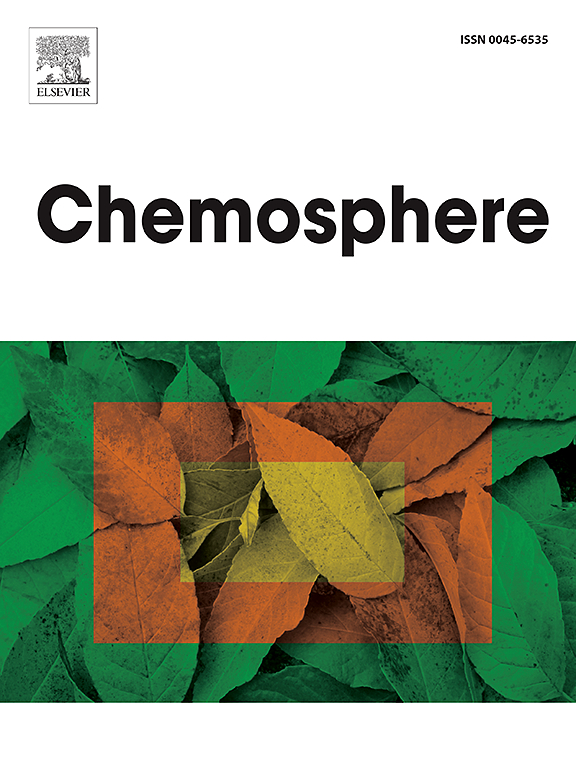Boosting biodegradation and mineralization efficiencies of chlorinated VOCs: The synergy of H2O2 and biotrickling filtration
IF 8.1
2区 环境科学与生态学
Q1 ENVIRONMENTAL SCIENCES
引用次数: 0
Abstract
This study explores a new biodegradation process of H2O2-stimulated BTFs to remove perchloroethylene (PCE) from the contaminated air stream. BTF stimulated with H2O2 significantly boosted PCE biodegradation compared to conventional methods. Optimal parameters for H2O2-assisted PCE biodegradation were also identified (nominal inlet concentration = 150 ppm, EBCT = 30 s, H2O2/PCE molar ratio = 0.2). Under these optimum conditions, the BTF achieved a maximum PCE removal efficiency of around 95 %, a mineralization rate of 65 %, and an elimination capacity of 117 g/m3.h, demonstrating its effectiveness. The BTF maintained stable performance under various PCE loads, suggesting its applicability for industrial cases. Moreover, the study revealed a positive correlation between increasing H2O2/PCE ratios and the activities of key enzymes responsible for biodegradation including dehydrogenase)increased from 1.3 to 26.1 mg-TF/gbiomass), peroxidase (increased from 0 to 251 U/gbiomass), and catalase (increased from 0 to 7.8 U/gbiomass) when the ratio was increased from 0 to 0.2. The H2O2-stimulated BTF performed efficiently for biodegradation (>90 %) and mineralization (>60 %) of PCE at empty bed contact times between 20 and 60 s. Finally, the absence of PCE and toxic intermediates in the recycled liquid supports the efficient biodegradation of PCE in the developed system. In conclusion, H2O2-stimulated BTF shows promise as a sustainable and cost-effective approach for biodegradation of chlorinated organic compounds in contaminated air streams.

求助全文
约1分钟内获得全文
求助全文
来源期刊

Chemosphere
环境科学-环境科学
CiteScore
15.80
自引率
8.00%
发文量
4975
审稿时长
3.4 months
期刊介绍:
Chemosphere, being an international multidisciplinary journal, is dedicated to publishing original communications and review articles on chemicals in the environment. The scope covers a wide range of topics, including the identification, quantification, behavior, fate, toxicology, treatment, and remediation of chemicals in the bio-, hydro-, litho-, and atmosphere, ensuring the broad dissemination of research in this field.
 求助内容:
求助内容: 应助结果提醒方式:
应助结果提醒方式:


